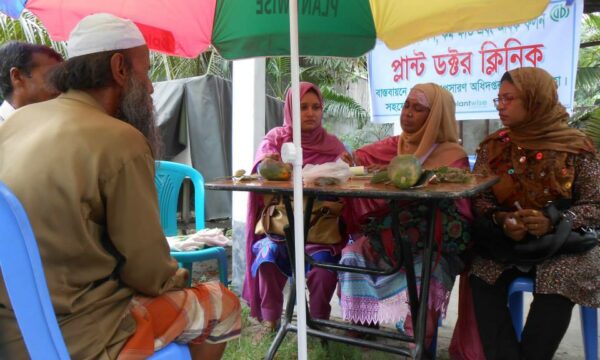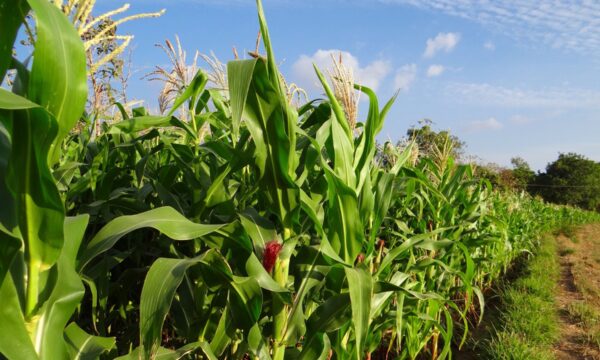India is one of the world’s largest producers of sugarcane which is used in many food and drink products. Sugarcane is vulnerable to a variety of pests, including sugarcane woolly aphids which caused a 30% yield loss in the outbreak of 2002. This pest is constrained to south and east Asia, (see the Plantwise distribution map). The aphids are covered in a woolly coating and are often mistaken for mealybugs. They deposit honeydew on the leaves which allows sooty mould to develop. This interrupts the plant’s ability to photosynthesise and so results in a weaker plant with a reduced yield.
To find out more about sugarcane woolly aphids and their management, read this month’s Plantwise Factsheet for Farmers which was written by a senior scientist from M S Swaminathan Research Foundation (MSSRF) in India. This factsheet is also available in Tamil.
Plantwise Factsheets for Farmers are produced by partners in Plantwise countries for use by plant doctors and extension workers who provide advice to farmers. To see more about the content held on the Plantwise knowledge bank, please click here.
Related News & Blogs
Most read blogs of 2025
As 2025 comes to a close, we’ve tallied the numbers to reveal the top 10 most read blogs on the PlantwisePlus Blog this year, plus a few firm favourites! Our most read blogs feature voices from those benefiting from our work, as well as crop pest guide…
17 December 2025





